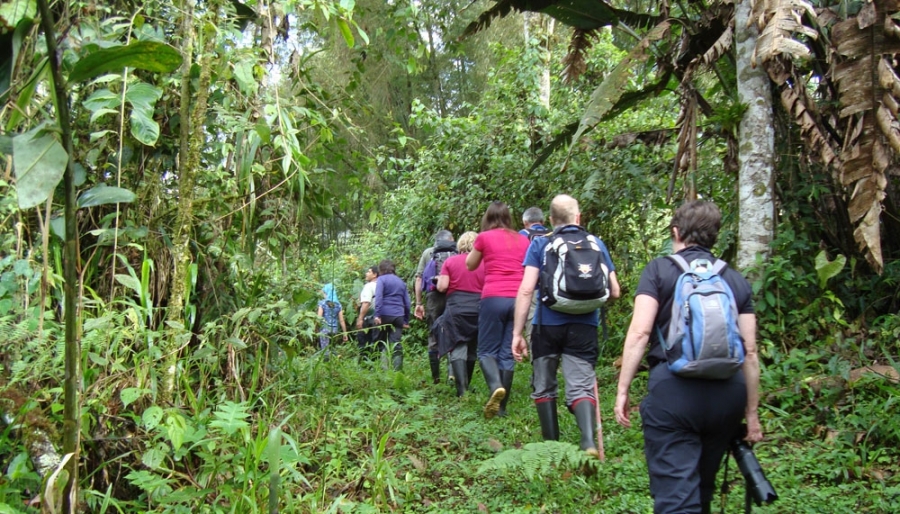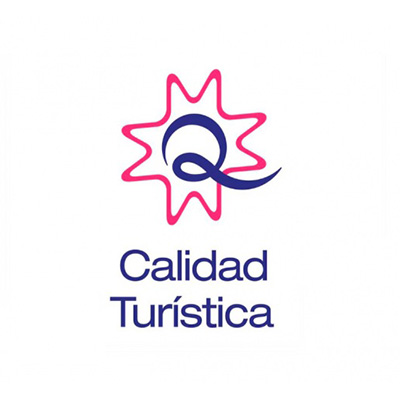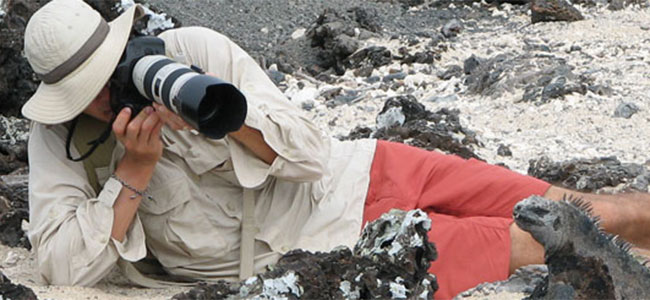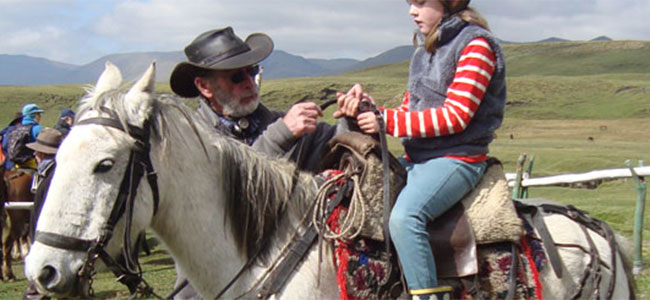Ecuador Hiking Tours - To The Cloudforest
Travelling just a couple of hours north-west of Ecuador’s capital Quito and venturing down the outer slopes of the Western Andes, you enter into a world of tumbling waterfalls, crystalline rivers, endemic orchids, colourful hummingbirds and thick, verdant forests packed full of wildlife.

This is the Ecuadorian cloud forest, the land of the Spectacled Bear, a region which offers an enchanting and different Ecuador hiking tour experience, as Original Ecuador co-founder Emma Morgan shares with us here.
Biodiversity Hot Spot
Most visitors who travel to Ecuador’s cloud forest head to the town of Mindo, but for an authentic cloud forest experience, I say head to Maquipucuna. The Maquipucuna Cloud Forest Reserve protects 14,000 acres of cloud forest. Located within the Choco–Andean corridor region of Ecuador, it is a deeply threatened and extremely important territory; in fact it is classed as one of the top 5 biodiversity hot-spots in the world.
Cloudforest Hiking In Ecuador
It’s no secret that I have been hiking in these parts for many years. Maquipucuna was the reason I came to Ecuador for the first time back in 1999, and its beauty, importance & charm, along with the amazing welcome of the local people, calls me back each year.
Recently I returned with a fantastic group of teachers & educationalists from the UK, who were eager to learn about the importance of this area, share with the local people, explore the trails & discover the wildlife of the reserve.
Wildlife Hike - The Palmitos Trail
This 4 hour hike takes you through the beautiful primary and secondary cloud forest of Maquipucuna, as well as along ancient coluncus – Pre-Incan trading-routes - which are abundant in the area.
On setting out, our local guide Arcenio had already spotted a Trogon in the trees just a few metres away from the lodge and we stopped to admire this colourful bird with its red & green plumage and black mask. As we stood there quietly enjoying the spectacle, a juvenile deer stepped quietly out of the forest onto the trail in front of us, a truly magical moment, even for Arcenio who has been working at the reserve for near-on 20 years.
A beautiful tawny red-brown colour with sprouting antlers, the deer didn’t seem too bothered by us. We all stood there in silence, holding our breath, transfixed to the spot as he grazed along the path. He curiously looked back over his shoulder to watch us watching him before disappearing off again into the thick foliage, as quietly as he had arrived.
It was an impressive start to a wonderful hike which took us along forest paths through secondary forest where Arcenio explained to us the many medicinal uses that the local people make of the forest plants; this one improves circulation, that one relieves rheumatism, this can help with liver problems, that one is used to treat snake bites.
We stopped to observe fresh puma footprints along the path, and could clearly see a mother and cub’s prints, one next to the other. A little further on we came across the remains of a porcupine (a scattering of porcupine spines) another reminder that we were in puma territory but it is incredibly difficult to catch a glimpse of this elusive animal.
Nevertheless there is a chance of spotting the endangered Andean Spectacled Bear in the reserve, but only at certain times of the year, when their favourite food (a small avocado like fruit) is in abundance near to the trails. I was lucky enough to encounter a spectacled bear here a few years ago; needless to say it was an incredible experience.
Our route soon brought us down into primary forest where we began to encounter large cedar trees, strangler figs and delicate tree ferns. Lianas hung from all available branches and bromeliads and other epiphytes such as ferns and orchids decorated the trunks of the forest trees. Every surface was literally dripping in plant-life.
Deep within the primary forest, we came to a very special glade filled with beautiful pink leafed, purple flowered bromeliads (tillandsia cyanea), a highly-sensitive plant which only grows in the most pristine of forest conditions and there we were surrounded by them.
Reaching the banks of the Tulambi River we began to find archaeological signs of the Yumbos, a Pre-Incan people who lived in this area – worn stones used to grind corn and chilli and a stone oven where the Yumbos would boil water collected from nearby salt pools to make salt which was sold to passing traders, as well as used to supplement their own diet.
From here we began the climb back up towards the lodge along dark and deeply formed ‘trenches’ covered in vegetation. These man-made trails, known as coluncos, were the ancient trading routes of the Pre-Incan Yumbo people, used to transport goods such as cotton, coca leaves and chilli between the coastal areas of Ecuador and the Andes. The trails have been naturally formed over many years by erosion from weather and use.
Soon our path brought us back around onto the main trail again and we were afforded some wonderful panoramic views across the neighbouring green hills, before arriving back at the lodge.
Adventure Hike – The Smugglers Trail
On our second day we hiked along the Smuggler’s Trail to the Union of the Three Rivers, a true adventure hike of around 5 hours.
Leaving the lodge through the main entrance we crossed a small tributary which runs into the Umachaca River utilizing a rustic wooden bridge, a great photo opportunity which we took full advantage of, before continuing on the hike. The Smuggler’s Trail runs along the banks of the Umachaca, following the course of the river upstream.
Along the first part of the trail we crossed an area of exposed pastureland where, after a night of heavy rainfall, we experienced some difficulty walking through slippery and muddy conditions.
The trail then took us into the welcome shade and protection of the primary forest which covers the banks of the river on both sides at this point, so much so that for most of the walk we didn’t actually see the river although from the noise, its presence was constantly there. The footpath climbed and undulated through the forest, offering river vistas at certain points as well as glimpses of waterfalls and faraway hills. Once again we trekked in parts along the ancient coluncos of the Yumbo people.
After crossing streams and walking past a couple of lovely waterfalls which literally cascaded down right next to the trail offering a very refreshing and more than welcome splash as we passed, we arrived at the final wooden bridge, the spot where the three rivers meet.
From here things got interesting. To be able to continue onto our final destination, we left our belongings safely behind on the river bank and donned our swimming costumes and wellies (rubber boots). We then began to wade slowly upstream, along a paradisiacal stretch of river with primary forest hanging over us on both sides. Around the first bend we were rewarded with the ultimate encounter, a powerful, remote and unspoiled mountain waterfall, an extremely refreshing and worthwhile end to an amazing hike.
The return journey took us back along the same trail, this time mainly downhill and after a couple of hours we were back at the lodge and heading for a well-deserved rest in the hammocks.
Other activities
As well as hiking there are lots of other activities that can be enjoyed in the Maquipucuna Reserve – bird watching, cooking classes, chocolate massages, volunteering, visits to the local community. Take a look at our 4 day cloud forest hiking tour here – Ecuador Cloud Forest Hiking Tour.







